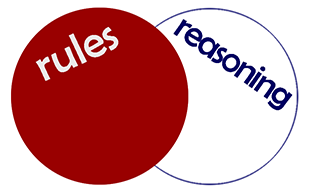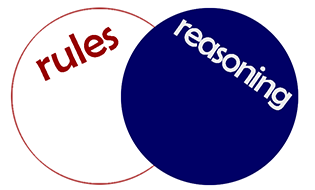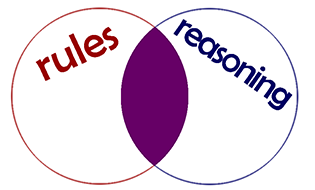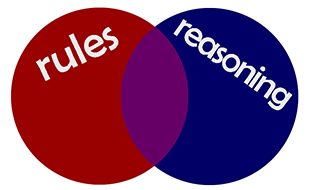Does an instructional rating holder have more liability than those not coaching or instructing?
Inherently, yes. You take on more responsibility—hence more liability—by assuming a role that cares for students. However, there are clear limits to that liability and simple ways to reduce the likelihood that you will be held legally accountable in any situation. How do you reduce your risk? By applying your ethics.
Ethics is a term with an elusive definition. Ask five people what “ethics” means, and you’ll get five different answers (and all may be correct). Fortunately, defining ethics is not as important as practicing ethical behavior. One of the ways to do this consistently is to examine the ways you think about rules in relation to your own judgment or reasoning.
Which of the following best describes your line of thought when it comes to ethics?

A) “If it’s a rule, I follow it. Then I know I’m covered. I do my part and that’s enough.”

B) “I’m smart enough to make my own decisions about safety.”

C) “I don’t adhere to rules that don’t make sense in a real-world context. If it’s not a rule, I don’t make up my own; there are enough rules already.”

D) “If it’s a rule, I follow it. Period. I also use my own reasoning and apply it consistently.”
To some extent, a creative, fly-by-the-seat-of-your-pants, free-spirited attitude unfettered by rules or convention is what keeps us living. But in some cases, it can kill us. That is why rules exist. When you hear skydivers say, “The Basic Safety Requirements are written in blood,” it is because most—if not all—of them came about following one or more fatalities. Call them what you will: rules, policies, regulations, requirements... they’re all the same thing, and organizations institute them in an attempt to reduce risk and increase safety.
It’s true that safety and rules don’t always go hand in hand. For example, if a jumper has a reserve ride on a parachute that was packed 185 days ago, would it not work? Would it be unsafe just because someone used it five days over the 180-day limit the Federal Aviation Administration set for reserve pack jobs?
What about the other way around? Though USPA does not set a maximum wind speed that licensed jumpers can fly in, if someone jumps when the winds are 45 mph, it that safe? That is where personal experience and reasoning come into play.
So why have rules at all, if they don’t always do the job they’re intended for? Because there is a limit, even if rules can only approximate it. And although there is no way to regulate good judgment, jumpers still need to use their reasoning skills. By studying what elements cause risk, those risks can be reduced. By ethically adhering without exception to the established set of rules and applying good safety practices based on your experience and reasoning, you can reduce the risk for your students and your liability as an instructional rating holder.
Jen Sharp | D-17516
USPA AFF Instructor, Coach Examiner, Tandem Examiner, IERC Director